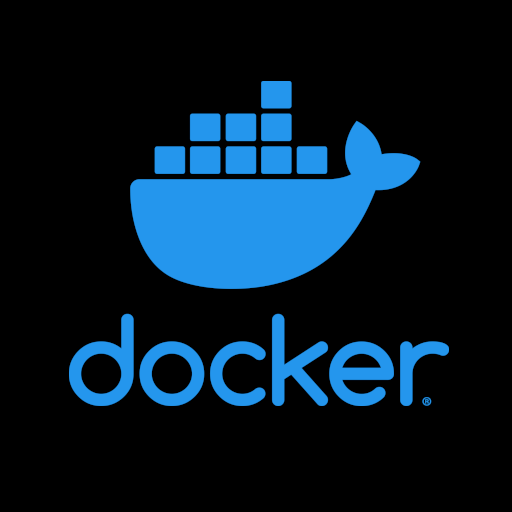

fundamentally, an llm doesn’t “use” individual sources for any answer. it is just a function approximator, and as such every datapoint influences the result, just more if it closely aligns with the input.
reject humanity, become toaster | she/they | experimenting with names


fundamentally, an llm doesn’t “use” individual sources for any answer. it is just a function approximator, and as such every datapoint influences the result, just more if it closely aligns with the input.


it was forbidden before?


when you say /home/(removed)/... is that verbatim, or is (removed) supposed to indicate you redacted that part?


have you tried opening a shell inside the container and looking around if anything is mounted where it’s supposed to?


Yes, but why would you want to? We have enough addresses for the foreseeable future.


AFAIK, they only offer the opt-out form in the EU and UK


So, how long until they delete the comment section outright?


I think SFTP would work plenty. On linux you can use rclone to mount it, and Android has many file managers that support it (personal favorite is Total Commander with the SFTP plugin)
You could also certainly host a full Nextcloud instance, but it might be a bit overkill


You can use a DNS challenge to show you are in control of the domain without having anything exposed to the net. Essentially LE gives you a special value you have to add as a TXT DNS entry. LE will check if this record exists for your domain, and gives you a certificate, no public IP involved. This even allows you to create wildcard certificates.


I use sendgrid, it only requires some DNS entries for Domain Authentication. Also regarding the catch-22, if you use Cloudflare for DNS, you could use their email routing to forward incoming mails to Gmail


Reverse Polish Notation works almost like you describe. You put the operands first, then the operation. For example:
Probably the reason why we are not using it is because most tools today use algebraic notation, and it would be a lot of effort to switch

Input means the packet stops at the router, like when you access its web ui. I don’t think you want to give the internet access to your router settings :)

yes, lan is the Local Area Network, wan is the Wide Area Network. The zone lan refers to the devices on the local side, wan to the great internet.

Disclaimer: I am not a professional network engineer, this is just what i found out after researching some iptables terminology.
the lan => wan is perhaps a bit misleading.
lan is the zone, or which side of the router this firewall rule is in reference to.
wan is another zone, the arrow shows where packets of type Forward are ending up.
When forward on the wan interface is set to reject, it essentially means no device from outside may initiate a connection. However, they may respond to already opened connection.
I don’t yet know what masquerade does.


each commit points to the one before. additionally a commit stores which lines in which files changed compared to the previous commit. a branch points to a particular commit.


it’s just linked lists of commits (except when merging)


you can also use the -f option to specify the compose file without going to it.
fun situations can arise when you write , instead of ; For those not in the know, in c++ the comma operator evaluates the left expression, discards the value, then evaluates the right expression and returns the value. if you now have a a situation like this
int i = 0,
printf("some message");
i has a completely different value, since it actually uses the return value of printf instead


See also: Penis is OK, Vagina is a Content Violation
Edit: no idea why i was recommended a 3 year old post…
Bitwarden, i can self host it and it is quite convenient to have official apps for all platforms i use.